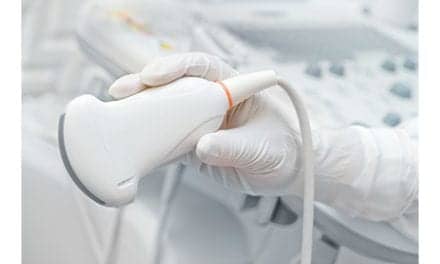Next-generation genomic sequencing could help identify infecting organisms and guide treatment in joint-replacement patients who have developed an infection in the replacement joint, researchers suggest.
The researchers, from Thomas Jefferson University, note that this method has been able to identify infecting organisms in more than 80% of cases of infected joint replacement that had previously escaped detection.
Their study was published recently in the Journal of Bone and Joint Surgery.
“This method can help detect pathogens that we would otherwise miss using standard approaches, namely culture,” says senior author Javad Parvizi, MD, vice chairman of Research and Professor of Orthopedic Surgery at the Rothman Institute at Thomas Jefferson University, in a media release from Thomas Jefferson University Hospital. “The study has revealed unexpected pathogens and let us to select more appropriate and effective treatments for patients.”
In their study, Parvizi and colleagues prospectively enrolled patients undergoing a revision joint replacement over a 9-month period in 2016, and assessed for organisms identified using traditional method: culture, side by side with NGS.
The results showed that NGS identified organisms in 89% of infected cases versus 61% with culture. Furthermore, NGS was able to detect the pathogen in 81% of the cases that were negative for pathogens by the standard culture method, and which would have been missed otherwise.
“The fact that we can use this technology to detect organisms in culture-negative patients with an infected prosthesis may be significant, and could help us provide targeted treatment for these patients,” states co-author Karan Goswami, MD, a research fellow and PhD candidate affiliated with the Rothman Institute at Jefferson, in the release. “However, further study is required to validate our findings in larger numbers and determine the significance of NGS signal on treatment outcomes. A multicenter trial is underway to explore this question.”
“Because of its promising role in diagnosing patients with periprosthetic joint infection, we have already begun to use the genomic test at our institution to isolate organisms in patients with suspected joint infection,” Parvizi adds. “NGS has provided critical information for the management of cases of periprosthetic joint infection at our institution, and we work closely with our microbiology colleagues to optimize treatment for these patients.”
[Source(s): Thomas Jefferson University Hospital, PR Newswire]





